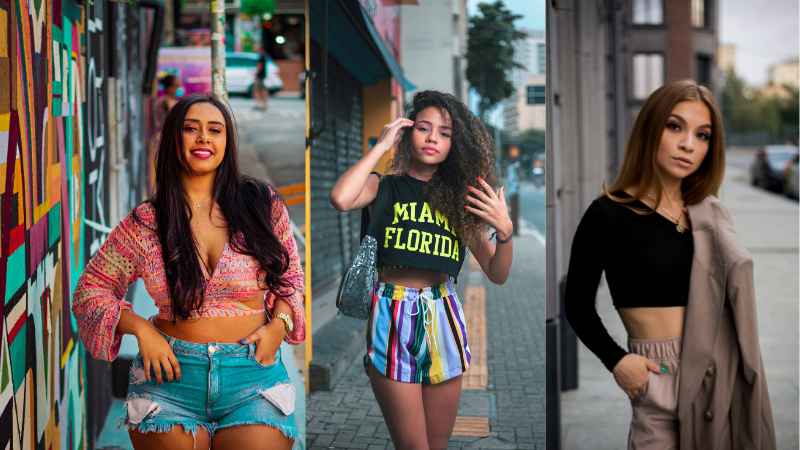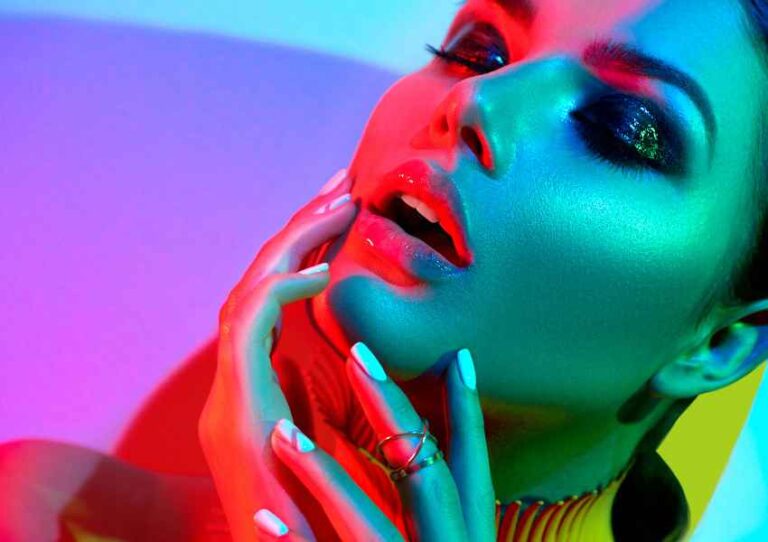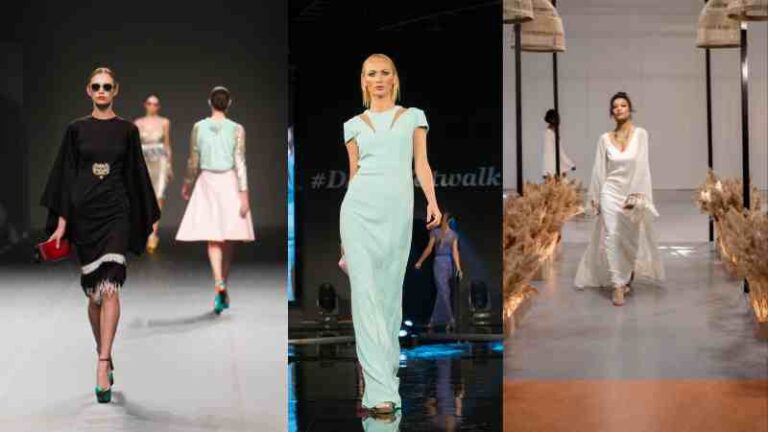Fashion icons represent individuals whose personal style, innovation, and influence transcend their time, impacting the broader fashion landscape. They embody an aspirational or innovative approach to fashion, becoming trendsetters whose choices and creations influence how people dress and perceive style.
Definition of Fashion Icons
Fashion icons are individuals whose personal style and sartorial choices transcend their era, becoming emblematic of a particular time or trend. They possess an innate sense of fashion and an ability to set and redefine trends, inspiring generations with their unique expression of style.
Significance in Shaping Fashion Trends
Fashion icons wield significant influence in shaping fashion trends. Their choices and innovations often catalyze new styles, materials, or silhouettes. Their impact extends beyond clothing, often influencing accessories, beauty trends, and cultural norms. Their unique perspectives and daring choices challenge conventional fashion, paving the way for new trends and setting the tone for the industry.
Ancient Fashion Pioneers
Ancient Egypt
Cleopatra: Influential use of accessories, draped garments
Cleopatra, the last active ruler of the Ptolemaic Kingdom of Egypt, was renowned for her distinctive fashion sense. She utilized accessories like intricate jewelry, ornate headdresses, and draped, diaphanous garments to project power and elegance. Her bold use of kohl eyeliner and vibrant colors in her attire set trends that reverberated in Egypt and across ancient civilizations.
Ancient Rome
Julius Caesar: Toga and military-inspired fashion
The Roman general and statesman Julius Caesar was a trendsetter in ancient Rome. He popularized the toga, a draped garment that was not only a symbol of Roman citizenship but also a fashion statement denoting authority and status. His military-inspired attire, incorporating leather and metal embellishments, became influential in Rome, as did later military-inspired fashion trends.
Renaissance and Baroque Influencers
Renaissance Italy
Catherine de Medici: Renowned for popularising high collars, ruffs, and farthingales
Catherine de’ Medici, as Queen of France, significantly influenced fashion during the Renaissance. She introduced high collars, ruffs (stiffened collars or frills), and farthingales (hoop skirts) to the French court. Her penchant for high-necked, elaborate garments set the trend for elegance and sophistication, elevating fashion to an expression of status and refinement.
Baroque Era
Louis: intricate, elaborate fashion, introduction of high heels
Louis XIV, the King of France, was a pivotal figure in the Baroque era and a trendsetter in fashion. His elaborate and opulent style, characterized by richly embroidered coats, lavish fabrics, and excessive ornamentation, epitomized grandeur and luxury. He notably introduced high heels, initially intended for both men and women, as a symbol of aristocracy, further solidifying his influence on European fashion.
18th and 19th Century Style Icons
Marie Antoinette
Marie Antoinette, the Queen of France, epitomized extravagance in fashion. Her penchant for ornate, voluminous gowns adorned with lace, ribbons, and intricate detailing became the pinnacle of Rococo style. Her towering hairstyles, often embellished with feathers and jewels, became the talk of the court and an emblem of high-society fashion.
Beau Brummell
Beau Brummell, a prominent figure in Regency England, revolutionized men’s fashion. He popularised the modern suit, emphasizing tailored, well-fitted, neutral-colored garments. Brummell’s emphasis on simplicity, clean lines, and tailored elegance transformed men’s fashion, moving away from the flashy and ornate styles prevalent in the 18th century. His influence resonates in men’s fashion even today, setting the foundation for classic, understated elegance.
20th Century Fashion Revolutionaries
Coco Chanel
Coco Chanel’s impact on fashion is monumental. She championed a revolution in style by advocating for casual chic, liberating women from the constrictions of early 20th-century fashion. Her introduction of the “little black dress” transformed women’s wardrobes, providing a timeless, versatile garment that exuded simplicity and elegance.
Christian Dior
Christian Dior’s post-war “New Look” was a transformative moment in fashion history. Emphasizing a return to feminine opulence after the austerity of war, his designs celebrated the hourglass silhouette. His full skirts and cinched waists revived a sense of glamour and luxury, defining a new standard in women’s fashion.
Audrey Hepburn
Audrey Hepburn’s grace and style defined an era. Collaborating with designer Hubert de Givenchy, she epitomized elegance and simplicity. Her association with the “little black dress” in the iconic film “Breakfast at Tiffany’s” solidified its status as a fashion staple, representing timeless sophistication and chic minimalism.
David Bowie
David Bowie’s impact transcended music; he was a pioneering force in androgynous fashion. His androgynous style challenged traditional gender norms, blurring the lines between masculine and feminine fashion. Bowie’s flamboyant and avant-garde outfits became a symbol of self-expression and freedom in fashion.
More Post : 7 Best Jewelry Box Essentials
Madonna
Madonna’s influence extended far beyond her music. Her ever-evolving, provocative style continually pushed the boundaries of fashion. She popularized corsets and lingerie as outerwear, symbolizing empowerment and self-expression. Her bold, ever-changing looks left an indelible mark on the ’80s and ’90s fashion scenes.
Contemporary Icons
Karl Lagerfeld
Karl Lagerfeld’s impact on the fashion world is legendary. His tenure at Chanel and Fendi transformed these iconic fashion houses. Not only a visionary designer, Lagerfeld became a cultural icon renowned for his creative vision and distinctive personal style that redefined luxury and sophistication.
Rihanna
Rihanna’s foray into fashion entrepreneurship disrupted industry norms. Her brand, Fenty, prioritized inclusivity by offering diverse shades and sizes, challenging traditional beauty standards. Her bold and inclusive designs set new benchmarks for diversity in the fashion world.
Virgil Abloh
Virgil Abloh’s Off-White brand reshaped luxury by merging streetwear with high fashion. His innovative designs and collaborations appealed to a younger, more diverse audience, challenging conventional perceptions of luxury. Abloh’s approach made fashion more accessible and relevant to a broader demographic, marking a significant shift in the industry.
The Fashion Industry and Pop Culture
Fashion icons’ impact on the fashion industry and pop culture is profound. Their innovative approaches, daring choices, and groundbreaking designs have shaped how people dress and influenced broader cultural trends. They’ve inspired new design aesthetics, challenged norms, and set benchmarks for creativity and individuality in fashion. Their influence has permeated music, art, film, and societal perceptions, leaving an indelible mark on the cultural landscape.
Enduring Legacy and Continued Inspiration
The enduring legacy of these fashion icons is evident in their timeless contributions. Their styles inspire designers, artists, and individuals who seek to embrace innovation and push boundaries. The principles they introduced—be it simplicity, androgyny, sophistication, or inclusivity—remain relevant, providing inspiration for the ever-evolving fashion world.
Conclusion
From ancient pioneers like Cleopatra and Julius Caesar to modern-day influencers like Rihanna and Virgil Abloh, each fashion icon has contributed uniquely to the fashion landscape. Their innovations, whether through garments, silhouettes, or attitudes, have defined and redefined how we perceive style. From challenging gender norms to embracing inclusivity, their impact remains imprinted in the annals of fashion history.
Fashion’s evolution is a continuous journey propelled by the legacies of these iconic figures. As trends evolve and societal perspectives shift, new voices and visions will continue to shape the industry. The future of fashion holds promise for further inclusivity, sustainability, and technological integration, continuing the trajectory set by these trailblazing fashion pioneers and ensuring a dynamic, diverse, and innovative industry.







